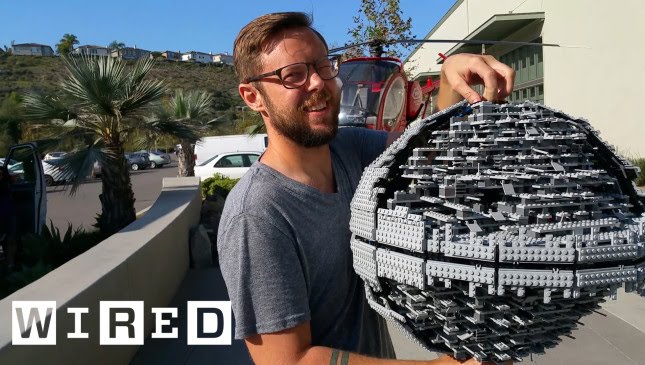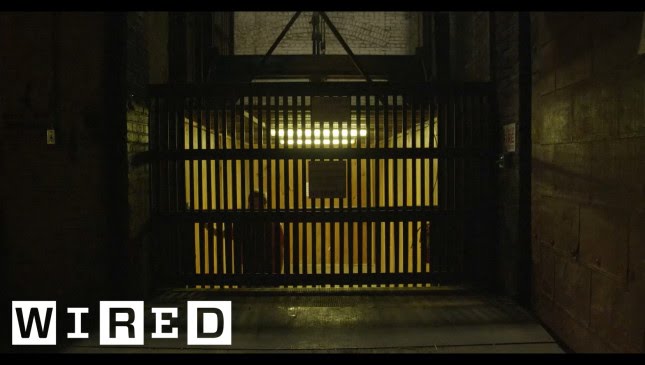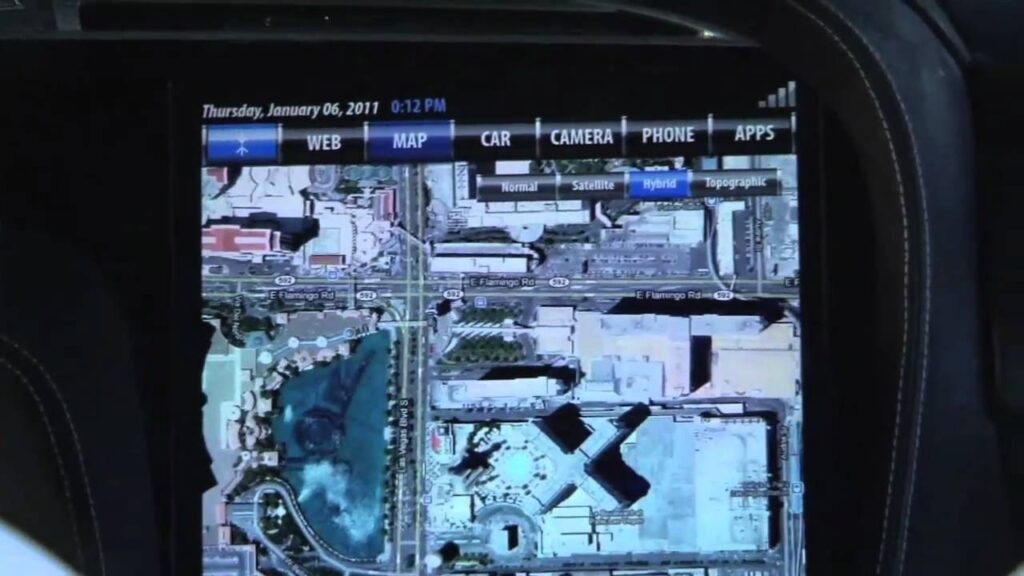Pushing the Boundaries of Visual Effects: ILM’s Rogue One and the Development of the ILM Facial Pipeline
Summary
In this article, we explore the groundbreaking visual effects work done by Industrial Light and Magic (ILM) on the movie Rogue One. Specifically, we focus on the development of the ILM facial pipeline, which won the team a 2017 Sci-Tech Award from the Academy. The pipeline involves scanning an actor’s face, capturing their expressions, and using computer technology to create a digital version of their performance.
Table of Contents
- The ILM Facial Pipeline
- Guy Henry’s Performance as Tarkin
- Recreating Peter Cushing’s Tarkin
- Behind-the-Scenes Action
- Conclusion
The ILM Facial Pipeline
ILM’s Rogue One pushed the boundaries of visual effects, particularly in the area of digital humans. The team at ILM won recognition from the Academy with a 2017 Sci-Tech Award for the development of the ILM facial pipeline. The pipeline was developed by two teams, one of which had previously worked on Teenage Mutant Ninja Turtles and the other on Warcraft.
The pipeline starts with the design of the character and an actor who will drive it. The actor is scanned in a light stage and a Medusa rig to capture high-resolution pictures of their skin and facial expressions. The actor is then filmed on set while being constantly monitored by four cameras. The computer matches the actor’s performance on set with their expressions in the Medusa rig using Snap Solver, which adjusts the parts of the face to create a digital version of the actor’s performance.
Guy Henry’s Performance as Tarkin
In Rogue One, the digital version of Guy Henry’s performance was very accurate and faithful to his original performance. However, it was not as simple as retargeting Guy Henry’s digital performance to the digital head of Tarkin. ILM animators had to deliver Tarkin with Peter’s performance, not Guy’s interpretation. The team had to render a digital Tarkin that looked and felt like the original, despite being lit and shot differently in Rogue One.
Recreating Peter Cushing’s Tarkin
ILM was fortunate to have a plaster life cast of Peter Cushing, who played Tarkin, and digital reference to create an accurate model of his face. The team used this reference to create a digital version of Cushing’s face, which they then animated to deliver Tarkin’s performance. It was a remarkable achievement, and the original plans for the station can be seen in behind-the-scenes action.
Behind-the-Scenes Action
The behind-the-scenes footage of the making of Rogue One shows the incredible attention to detail that went into the creation of the ILM facial pipeline. The team worked tirelessly to ensure that the digital versions of the actors looked and felt like the real thing, even in the most challenging lighting and shooting conditions.
Conclusion
The development of the ILM facial pipeline and the work done on Rogue One represent a major breakthrough in the field of visual effects. The team at ILM pushed the boundaries of what is possible with digital humans, creating performances that are almost indistinguishable from the real thing. This achievement has opened up new possibilities for filmmakers, and we can’t wait to see what they come up with next.







